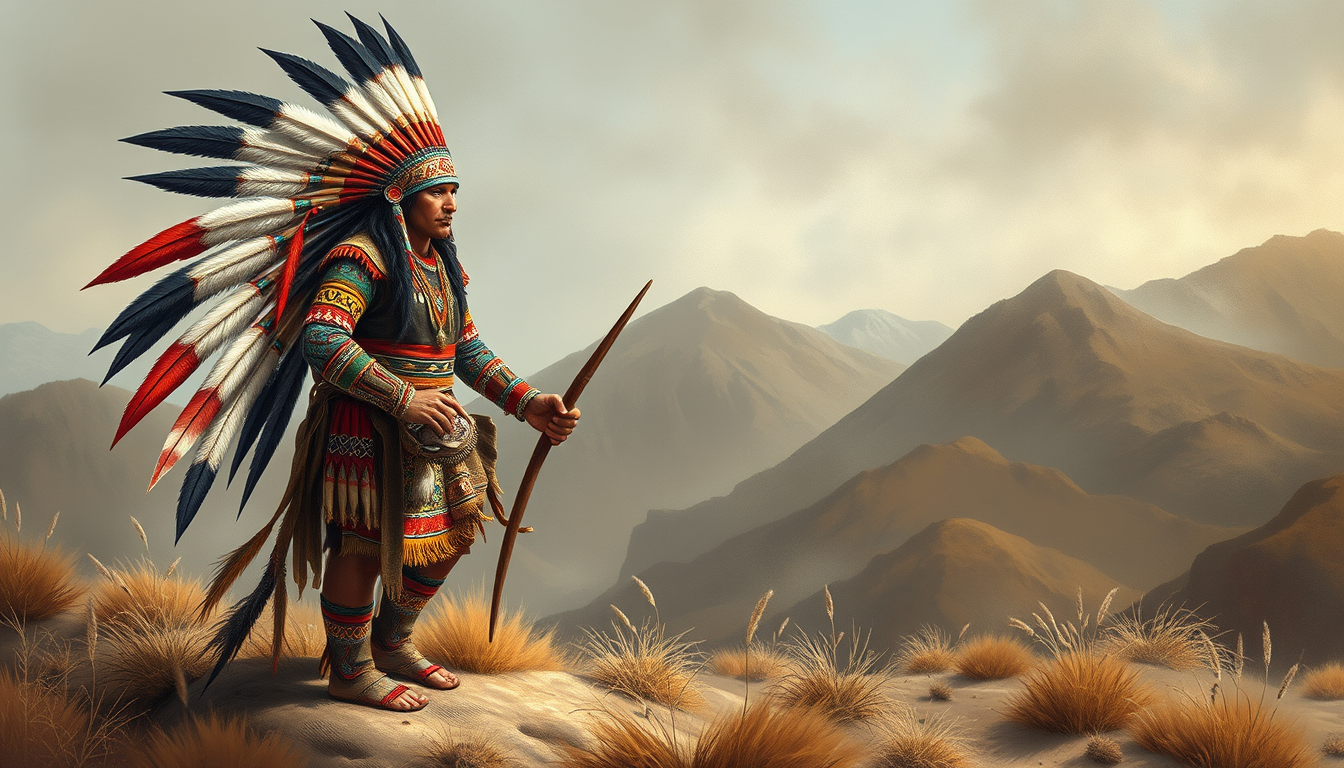American Indian artwork is a vibrant and diverse expression of the rich cultural heritage of the indigenous peoples of North America. This art form encompasses a wide range of mediums, styles, and techniques, reflecting the unique identities and traditions of various tribes. From intricate beadwork and pottery to stunning paintings and sculptures, American Indian artwork has left an indelible mark on the art world and continues to inspire contemporary artists and enthusiasts alike.
The Evolution of American Indian Art
Pre-Columbian Era
The history of American Indian artwork can be traced back to the pre-Columbian era, long before the arrival of European explorers. During this time, Native American tribes developed sophisticated artistic traditions that were deeply rooted in their spiritual beliefs and daily lives. Artwork from this period includes:
– Petroglyphs and Pictographs: Carvings and paintings on rock surfaces that depict various scenes, symbols, and figures.
– Pottery: Vessels and figurines crafted from clay, often decorated with intricate designs and motifs.
– Basketry: Woven baskets made from natural materials like willow, cedar, and yucca.
Post-Columbian Era
The arrival of European settlers in the 16th century brought significant changes to the artistic landscape of Native American tribes. While some tribes were decimated by disease and conflict, others adapted and incorporated new materials and techniques into their artwork. This period saw the emergence of:
– Beadwork: The use of glass beads to create intricate patterns on clothing, bags, and other items.
– Metalwork: The introduction of metalworking techniques, allowing for the creation of jewelry, tools, and weapons.
– Textiles: The development of weaving and embroidery techniques using materials like wool and cotton.
Mediums and Techniques
Beadwork
Beadwork is one of the most recognizable forms of American Indian artwork. Tribes such as the Plains Indians, Navajo, and Apache are known for their intricate beadwork designs, which often incorporate symbols and motifs with cultural significance. Beadwork can be found on:
– Moccasins: Traditional footwear adorned with beads to create patterns and designs.
– Bags and Pouches: Carrying cases and pouches used for storage and transportation.
– Jewelry: Necklaces, bracelets, and earrings made from beads and other materials.
Pottery
Pottery is another important medium in American Indian artwork. Tribes like the Hopi, Zuni, and Pueblo peoples have long been renowned for their pottery, which often features:
– Glaze: A smooth, glossy coating applied to the surface of the pottery.
– Designs: Intricate patterns and motifs that often depict natural elements, animals, and spiritual symbols.
Basketry
Basketry is a traditional craft that has been practiced by many Native American tribes for centuries. Baskets are typically made from natural materials like willow, cedar, and yucca, and can be used for various purposes, such as:
– Storage: Containers for food, tools, and other items.
– Transportation: Baskets used to carry goods and supplies.
– Cultural Significance: Baskets often hold symbolic or spiritual meaning within tribal communities.
Textiles
Textiles are another important medium in American Indian artwork. Tribes like the Navajo and Apache are known for their intricate weaving and embroidery techniques, which often incorporate:
– Dyes: Natural dyes derived from plants, minerals, and insects.
– Patterns: Complex designs that often tell stories or convey cultural significance.
Cultural Significance
American Indian artwork is deeply rooted in the cultural beliefs, spiritual practices, and daily lives of Native American tribes. Many pieces of artwork serve as:
– Storytelling: Visual narratives that convey tribal history, legends, and cultural values.
– Spiritual Symbols: Objects and designs that hold spiritual significance and are used in rituals and ceremonies.
– Craftsmanship: Artwork that demonstrates the skill and creativity of individual artists and communities.
Contemporary American Indian Art
While traditional American Indian artwork continues to be created and valued, contemporary artists are also making significant contributions to the art world. Many contemporary Native American artists blend traditional techniques with modern influences, creating innovative and thought-provoking pieces. Examples of contemporary American Indian artwork include:
– Sculptures: Modern interpretations of traditional figures and forms, often made from materials like bronze, stone, and wood.
– Paintings: Contemporary depictions of Native American themes and subjects, often incorporating modern styles and techniques.
– Installations: Large-scale artworks that combine various mediums and elements to create immersive and interactive experiences.
Preservation and Conservation
The preservation and conservation of American Indian artwork are crucial for ensuring that these cultural treasures are passed down to future generations. Museums, cultural institutions, and private collectors play a vital role in:
– Exhibiting: Displaying American Indian artwork in galleries and museums to educate the public and promote cultural understanding.
– Conserving: Caring for and restoring artwork to prevent damage and deterioration.
– Documenting: Documenting the history, provenance, and cultural significance of American Indian artwork.
Conclusion
American Indian artwork is a rich and diverse expression of the cultural heritage of Native American tribes. From the intricate beadwork and pottery of the pre-Columbian era to the innovative sculptures and paintings of contemporary artists, this art form continues to captivate and inspire audiences around the world. By understanding and appreciating the cultural significance of American Indian artwork, we can foster greater understanding and respect for the indigenous peoples of North America and their enduring contributions to the art world.
Further Reading
For those interested in learning more about American Indian artwork, there are numerous books, websites, and other resources available. Some recommended resources include:
– Books: “Native American Art” by William C. Sturtevant, “The Art of the American Indian” by David W. Penney, and “American Indian Art: A Visual History” by William H. Goode.
– Websites: The National Museum of the American Indian, the Smithsonian’s Native American Art Collection, and the American Indian Art Market.
– Museums: The Heard Museum in Phoenix, Arizona, the National Museum of the American Indian in Washington, D.C., and the Peabody Museum of Archaeology and Ethnology at Harvard University.
By exploring these resources, you can deepen your understanding and appreciation of American Indian artwork and its enduring significance in the art world.
